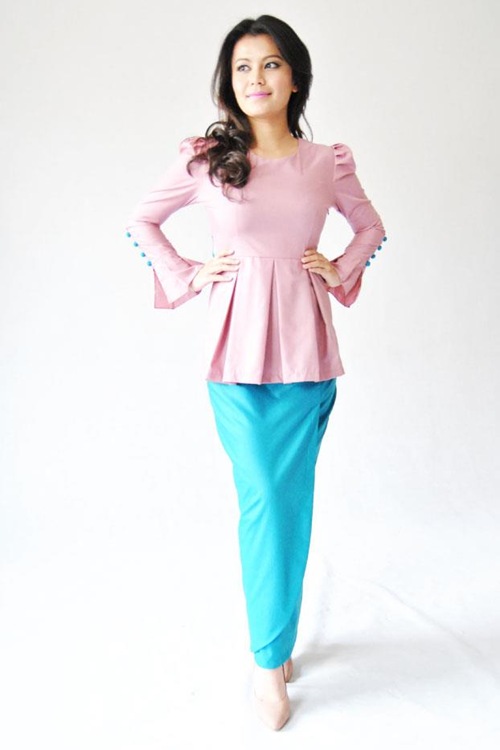 Maleficent is a 2014 American fantasy film directed by Robert Stromberg from a screenplay by Linda Woolverton. Starring Angelina Jolie as the eponymous Disney villaines character, the film is a live-action re-imagining of Walt Disney's 1959 animated film Sleeping Beauty, and portrays the story from the perspective of the antagonist, Maleficent.
Maleficent is a 2014 American fantasy film directed by Robert Stromberg from a screenplay by Linda Woolverton. Starring Angelina Jolie as the eponymous Disney villaines character, the film is a live-action re-imagining of Walt Disney's 1959 animated film Sleeping Beauty, and portrays the story from the perspective of the antagonist, Maleficent.
Principal photography took place between June and October 2012. The film premiered at the El Capitan Theatre in Hollywood on May 28, 2014, and was released in the United Kingdom that same day. It was released by Walt Disney Pictures in the U.S. on May 30, 2014 in the Disney Digital 3D, RealD 3D, and IMAX 3D formats, as well as in conventional theaters. The film was met with mixed reviews from critics, but was a commercial success, having grossed over $754 million worldwide.
Plot
An elderly narrator tells the story of Maleficent, a very strong and powerful faerie living in the Moors, a magical realm bordering a human kingdom. As a young girl, she falls in love with a human peasant boy named Stefan, but his mutual affection for Maleficent is overshadowed by his ambition to become king. As they grow older, Stefan stops seeing Maleficent. After Maleficent defeats the current king in battle when he attempts to invade the Moors, he offers to name whoever kills her as his successor. Stefan overhears this, goes to see Maleficent and deceives her into thinking that he has come to warn her of the king's plot. He drugs her and attempts to kill her, but cannot bring himself to do so. Instead, he cuts off her wings using iron (iron burns fairies) and presents them to the king as proof of her death. Maleficent rescues a raven named Diaval to serve as her informant and he reports to her that Stefan has been crowned king. The realization that Stefan betrayed her to gain the throne devastates Maleficent and in retaliation, she declares herself queen of the Moors, forming a dark oppressive kingdom with Diaval as her one companion and confidant.
Soon after, Aurora is crowned queen of the human and faerie realms by Maleficent, forever unifying the two kingdoms, with Phillip at her side. The narrator then reveals her own identity as "the one they called the Sleeping Beauty".
Productions
Angelina Jolie had long been attached to the project since May 2011, when Tim Burton, who had tentatively planned to direct, chose not to pursue it.Linda Woolverton was commissioned to write the script for the film.On January 6, 2012, Disney announced that Robert Stromberg, the production designer of Alice In Wonderland, and Oz The Great And Powerfull, would direct the film.Joe Roth, Don Hahn, and Richard D. Zanuck were hired as producers, although Zanuck died later that year.Roth said the film would not have been made if Angelina Jolie had not agreed to take the title role: "She seemed like the only person who could play the part. There was no point in making the movie if it wasn't her."
In March 2012, Elle Fanning was reported to be in talks for the role of Princess Aurora.Her casting was officially announced in May 2012, along with Sharlto Copley as the male lead, Stefan, then described as the half-human, half-fairy son of a human king, along with Imelda Staunton; Miranda Richardson as Queen Ulla, then described as a fairy queen who is Maleficent's aunt with a dislike of her niece; Kenneth Cranham as a king; Sam Riley as Diaval, a raven who changes into human form and is Maleficent's right hand; and Lesley Manville.
Filming
With a budget estimated at $130–200 million, principal photography began on June 18, 2012 in London with the first pictures from set emerging and the first official look of Jolie as Maleficent.Rick Baker designed the special makeup effects for the film. Post-production began on October 5, 2012.Some filming took place in the Buckinghamshirecountryside.
Music
Effects
As a previous production designer, Stromberg sought to balance the use of practical and computer-generated effects. For example, while Maleficent's horns were created by makeup artist Rick Baker, Digital Domain took facial capture of Imelda Staunton, Lesley Manville, and Juno Temple for the three pixies to be generated with high authenticity with the help of special rigging by Disney Research in Zurich. For the visuals, Stromberg wanted to make it "a bit more grounded" and "not too surreal" because it could be distracting from the simplicity of the story.He also regretted not employing bigger sets and allowing actors to work in a more tangible environment, on "real sets with real lights".






